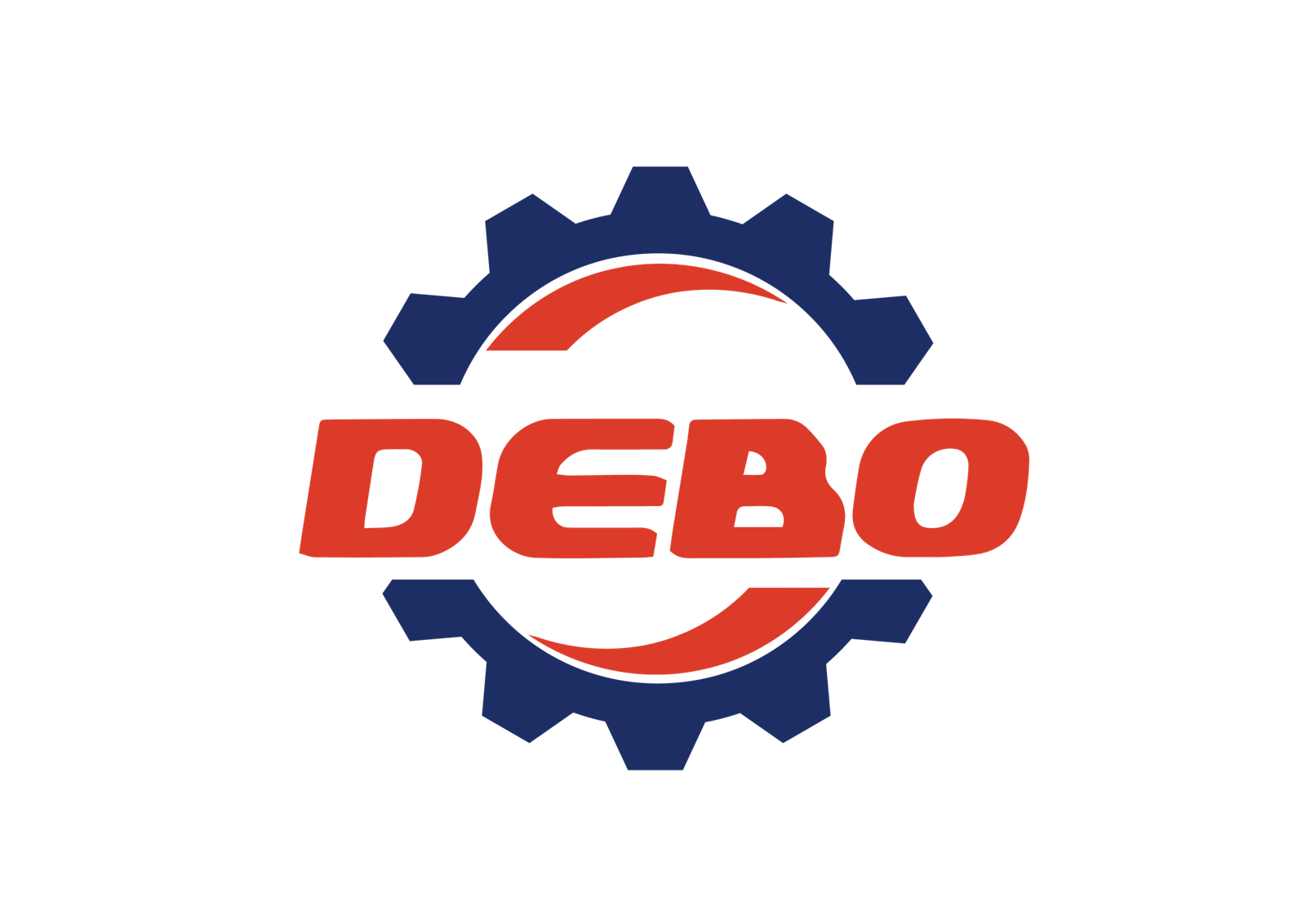Cold forming, also known as cold forging, is a critical metal forming process widely used in the production of fasteners, screws, nuts, and other metal components. Known for its efficiency, precision, and minimal material waste, cold forming has become an indispensable part of modern manufacturing. This article delves into the principles, advantages, limitations, and applications of cold forming, providing a comprehensive understanding of this technology.
Ⅰ. Principles of the Cold Forming Process
Cold forming is a metal plastic deformation process that utilizes the plasticity of metals at room temperature. By applying mechanical pressure, raw metal materials are deformed and shaped into desired components. Unlike hot forging, cold forming does not involve heating the material; instead, it relies on dies and punches to exert high pressure on the metal blank, causing it to flow and take shape.
The process generally involves the following steps:
- Cutting: Raw material is cut into small pieces (blanks) of appropriate length.
- Preforming: The blank is roughly shaped using dies and punches.
- Precision Forming: Multiple dies are used to refine the shape and ensure the part meets precise specifications.
- Surface Treatment: Finished components are treated to enhance corrosion resistance and wear resistance.
Ⅱ. Advantages of the Cold Forming Process
- High Efficiency
Cold forming is a continuous and high-speed production method, making it ideal for mass production. In fastener manufacturing, cold forming machines can produce several hundred pieces per minute, significantly boosting productivity. - High Material Utilization
The plastic flow characteristic of cold forming results in minimal material waste. Compared to machining processes, material utilization rates in cold forming can exceed 95%, reducing raw material costs and environmental impact. - Consistent Product Quality
Since cold forming relies on die-based forming, components exhibit high dimensional accuracy and minimal tolerances. This ensures consistent quality and better mechanical properties than traditional machining or hot forging. - Improved Metal Strength
During cold forming, the metal undergoes deformation, creating a fibrous grain structure. This structure significantly enhances the tensile strength, fatigue resistance, and impact resistance of the finished component. - Versatility
Cold forming can be used to process a wide range of materials, including low-carbon steel, stainless steel, aluminum, copper, and their alloys. It is suitable for producing various components, such as bolts, nuts, and pins, across multiple industries, from automotive to aerospace.
Ⅲ. Limitations of the Cold Forming Process
- High Initial Investment
Cold forming production requires precision machinery and custom-made dies, which can be costly to design and manufacture. For small-batch production, the cost-effectiveness of cold forming is relatively low. - High Tool Wear and Maintenance
Due to the high-pressure nature of the process, dies and punches are subject to wear and frequent maintenance, increasing operational costs. - Shape and Size Limitations
Cold forming is best suited for simple or moderately complex components. For parts requiring multi-axis machining or intricate geometries, the process may not be feasible. Additionally, size limitations exist due to equipment pressure capacity. - Strict Material Requirements
The process demands materials with high plasticity and toughness. Brittle materials or alloys with excessive hardness may crack or fail during forming.
Ⅳ. Applications of Cold Forming
Cold forming is extensively applied in various industries, including:
- Automotive: Production of body connectors, bolts, rivets, and other fasteners.
- Aerospace: Manufacturing of high-strength, lightweight fasteners and components.
- Construction: Production of load-bearing nuts, bolts, and screws.
- Consumer Electronics: Small precision fasteners for electronic devices.
- Medical Devices: Fabrication of precision parts, such as pins and connectors.
Ⅴ.Trends in Cold Forming Technology
With the rise of Industry 4.0, cold forming technology is evolving toward greater precision, automation, and sustainability. Notable trends include:
- Digital Die Design: The use of CAD and finite element analysis (FEA) to optimize die structures and extend tool life.
- Automated Production: Integration of robotics and intelligent inspection systems to achieve fully automated production lines.
- Green Manufacturing: Improvements in lubricants and cooling media to reduce environmental impact.
Ⅵ. Conclusion
Cold forming stands out for its efficiency, precision, and resource-saving capabilities, making it a vital technology in modern manufacturing. Despite challenges such as high initial costs and material limitations, advancements in technology continue to address these issues. For companies seeking large-scale, cost-effective, and high-quality production, cold forming remains an unrivaled choice. As smart manufacturing and green initiatives take center stage, cold forming is poised to play an even greater role in the future of manufacturing.


